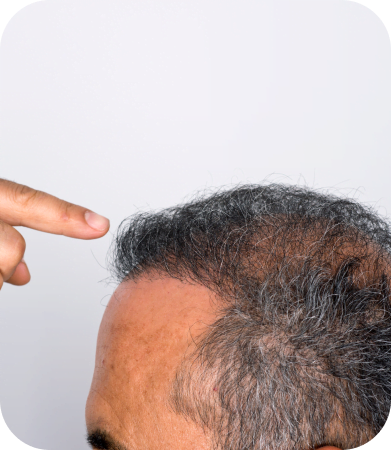FUE Hair Transplant (Follicular Unit Extraction)
Follicular unit extraction (FUE) is an innovative hair restoration procedure that produces remarkable cosmetic improvement for candidates. This procedure is more popular than follicular unit transplantation (FUT).
FUE is frequently referred to as a “scarless” procedure since no strip of skin gets removed from the donor area. Instead, a tiny round surgical punch extracts each follicle. This process eliminates any linear scars, and patients can cut their hair short without interrupting the styling of the donor area as long as the total follicular units become restricted.
Treating hair loss requires in-depth knowledge of FUE and other surgical procedures. Hair transplant specialists must have an in-depth understanding of the differences among each technique, including the tools and instruments available for FUE and which method suits each patient.
The breadth of tools and instruments for FUE and the distinctive features of each technique are evolutionary. Even experienced hair transplant surgeons must stay updated with rapidly changing developments.
At The Hair Transplant – Dallas, we use different FUE tools and techniques to yield natural-looking results that can help you achieve hair loss freedom.


